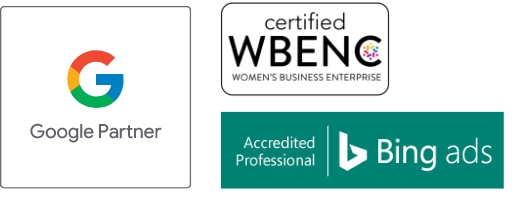
Build Trust and Reach in Life Sciences With Influencer Strategies
When you think of influencer marketing, you may picture beauty brands or direct-to-consumer startups, but life sciences marketers are embracing this strategy too, and for good reason. In a regulated, reputation-sensitive space, trusted experts and creators offer a human voice that connects with people in the lab and across a variety of other industries. Influencer marketing in this space is evolving fast, and those who get ahead now will be positioned for stronger engagement in 2025 and beyond. Here are some tips.
PARTNER WITH TRUSTED SUBJECT MATTER EXPERTS
In life sciences, credibility is everything. Look for healthcare providers, researchers, or scientific communicators who already engage audiences on topics aligned with your product or research. Remember to vet your influencers carefully. Search their name, review all of their social channels, be on the lookout for controversial posts, and watch for affiliation with competitors or political groups. Partner only with those who already speak to your target segment and have a history of compliance-friendly content. These voices carry weight, and their authority can help reinforce your brand’s scientific integrity.
USE NANO-, MICRO-, AND NICHE INFLUENCERS
Many successful pharma and biotech campaigns are turning to nano- and micro-influencers: those with 1,000 to 100,000 highly engaged followers, especially in the areas of rare diseases, medtech, or specialized diagnostics. A campaign targeting hematology or oncology researchers, for example, could see far higher engagement from a niche PhD account on LinkedIn than from generalist medical influencers. In highly specialized fields, niche creators offer more focused reach, stronger engagement, and better content alignment.
EXPAND YOUR CHANNELS STRATEGICALLY
Instagram, LinkedIn, and even YouTube Shorts are gaining traction in life sciences circles, especially when it comes to explainer content, conference insights, and educational clips. Remember to always disclose partnerships per Federal Trade Commission and platform guidance. Be intentional about your channel strategy: Meet your audience where they spend time and format content to fit the platform norms.
FOCUS ON MEASURABLE RESULTS
Use trackable links, UTM codes, or post IDs. Whether you’re driving clinical trial awareness, provider education, or product visibility, be clear about your goals and benchmarks. Work backward from those KPIs to design your influencer content strategy, and use ongoing metrics to optimize.
PROTECT YOUR BRAND
Create contracts that outline post types, tone, and platform preferences. When you’re working with a new influencer, be clear about off-limit claims or sensitive comparisons. Contracts should also include timing, disclosure expectations, and approval workflows. This not only minimizes risk – it gives creators clarity and confidence.
PREPARE FOR ENGAGEMENT
Audience questions and comments can offer insight into consumer perceptions and pain points. Collaborate with your influencer to answer responsibly or escalate questions and concerns through the right resources in your company when needed. Staying responsive builds trust. In regulated spaces like life sciences, even brief interactions can carry long-term brand impact.
Interested in seeing how an influencer marketing strategy plays out in real life? Stay tuned for our Cole-Parmer influencer campaign case study, coming soon. Ready to see what influencer content can do for you? Contact LIGHTSTREAM today.
